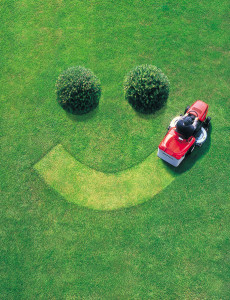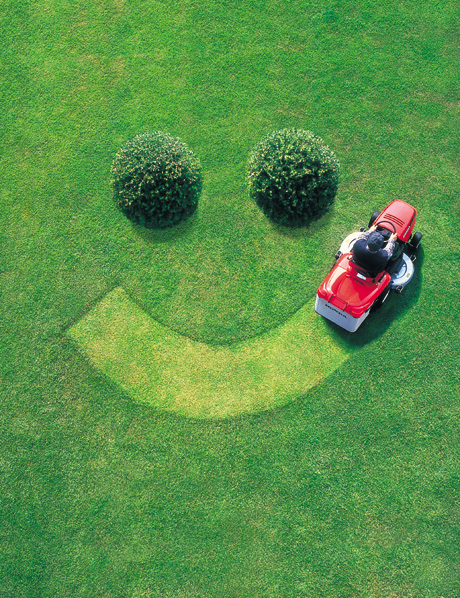A common knee jerk reaction is to re-sod those areas where the established turf looked good last year, but this year it looks sick and dying. Most homeowners think their “grass” is in this condition because of some inherent (internal) “something” solely within the “grass”. It is not. If the lawn looked great last year, nothing has changed biologically, which would warrant replacing the old sod with new sod. I visited a yard once where the homeowner had re-sodded parts of his yard 5 times. If you know someone doing this, I have the Brooklyn Bridge to sell them.
Most of my incoming phone calls and emails I receive this time of year, spring to early summer, are a result of the above problem.
What should a homeowner do? For those lawns that have had no history of problems, but now have problems, consider this. Has the environment changed recently? (Too much water or not enough water) Has there been an introduction of a chemical recently? Most of the time it is not the prescribed chemical, but the amount applied and time of application. Did the homeowner over fertilize? Was the fertilizer applied at the wrong time of year? Were any herbicides applied? If yes, what concentrations were used and what time of year were they applied? Is there too much thatch? The above problems usually clear themselves up if corrections are made.
Now, the real problem to address is a problem that has been progressively getting worse over the last 2 or 3 years, and if not corrected, will decimate the turf. These problems, infestations, could be caused by pathogenic nematodes, pathogenic fungi, harmful insects and moles to mention a few. Remember, (1) fix the problem and then (2) re-sod if necessary.
 If you, or a friend of yours, are having problems showing up in your lawn, please notify me, Ron Cowart, Cowart Lawn and Landscape Consulting, (803) 513-4242 or cowartconsulting@gmail.com.
If you, or a friend of yours, are having problems showing up in your lawn, please notify me, Ron Cowart, Cowart Lawn and Landscape Consulting, (803) 513-4242 or cowartconsulting@gmail.com.





